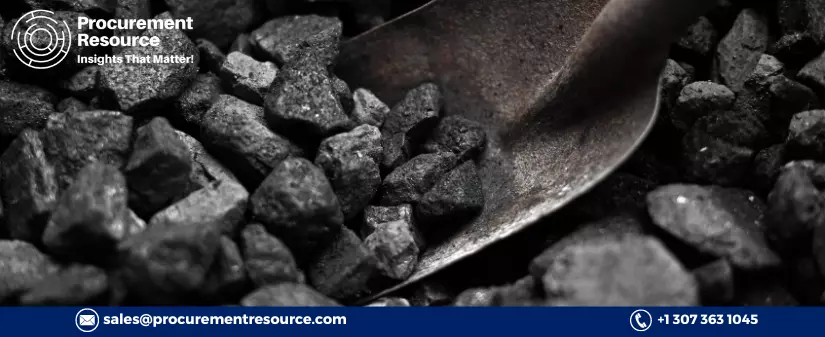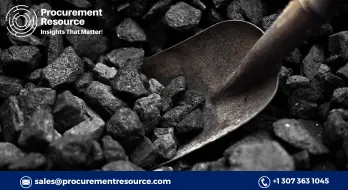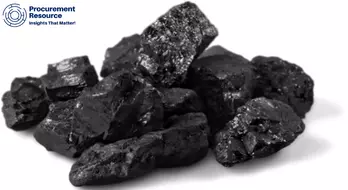Coal is Still the go-to Option for Secondary Steelmakers in India

India's secondary steelmakers, responsible for over 40 percent of the nation's steel output, are set to maintain their dependence on thermal coal. This contrasts with primary mills, which are progressing towards a more environmentally friendly transition to align with the nation's net zero aspirations.
It was mentioned by West Bengal's minister of industry, commerce, and enterprises, Shashi Panja, during the SteelMint conference in Kolkata, that while it's unrealistic to eliminate coal entirely, there's a pressing need to devise strategies to cut carbon emissions in this domain.
Request Access To The Latest Price Trends of Coal
Reports indicate that prominent secondary steel mills and sponge iron manufacturers utilize coal as the main fuel for direct reduced iron (DRI) kilns. In contrast, primary integrated steel plants primarily employ coal for their in-house power plants. Between April 2022 and March 2023, the sponge iron sector reportedly consumed a significant amount of domestic thermal coal and supplemented this with imports.
Although the Indian steel ministry greenlit 13 task forces focusing on greener steel production in April, the discourse regarding a sustainable transition in the secondary sector has remained subdued. This is attributed to a scarcity of scrap and the steep price of carbon-reducing technologies.
Jyotiraditya Scindia, India's steel minister, pledged earlier this year to bolster scrap utilization in primary steel production, but no such objectives were set for secondary steel manufacturers. The attendees of the conference highlighted several challenges, including the insufficient domestic scrap, costly logistics for importing scrap, and the country's rich coal and iron ore reserves.
Michelle Manook, the World Coal Association's chief executive, emphasized the vital role coal plays in sustaining India's energy needs and fostering economic growth. Similarly, Debarka Chakraborty from MN Dastur and Company argued that the real adversary is carbon dioxide, not coal, suggesting solutions like carbon capture utilisation and storage (CCUS).
Yet, considering the financial constraints of adopting CCU technology, it seems unlikely for smaller producers to onboard these costly measures. One sentiment from the conference, voiced by MK Sheshadri from Giridhan Metals, was that secondary steelmakers should prioritize enhancing their production capacities before addressing carbon emissions.
As India envisions increasing its steel production capacity significantly by 2030-31, secondary steel producers are strategizing for growth. However, while primary steel mills are moving towards sustainable practices, driven by international trade dynamics, secondary steelmakers, catering predominantly to local demands, appear set to continue their reliance on coal. This trajectory reflects India's broader strategy of decreasing, rather than eliminating, coal consumption to meet its 2070 net zero target, emphasizing the nation's reliance on coal for sustained economic progress.
Read More About Liquefied Steel Production Cost Reports - Get Free Sample Copy in PDF
According to the article by Procurement Resource, India's secondary steel producers remain reliant on thermal coal, contrasting with primary mills' greener shift. This dichotomy reflects the challenges of scrap scarcity, high costs of green technologies, and India's vast coal reserves. Despite global moves towards sustainability, the secondary sector's focus is on maximizing production. The nation's broader strategy underscores a gradual reduction, not elimination, of coal, emphasizing its pivotal role in India's economic trajectory. Until affordable and viable green alternatives emerge, this coal reliance by secondary steelmakers is likely to persist.



